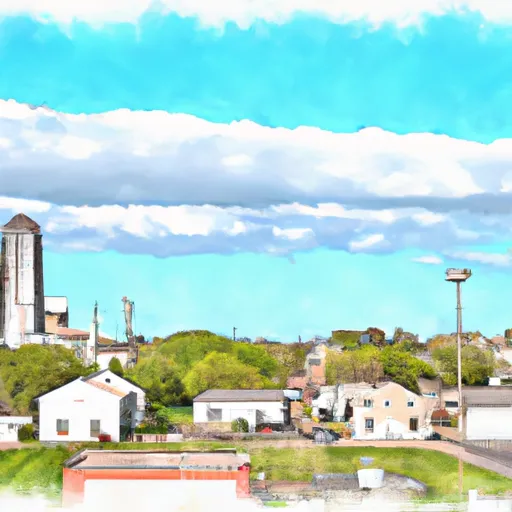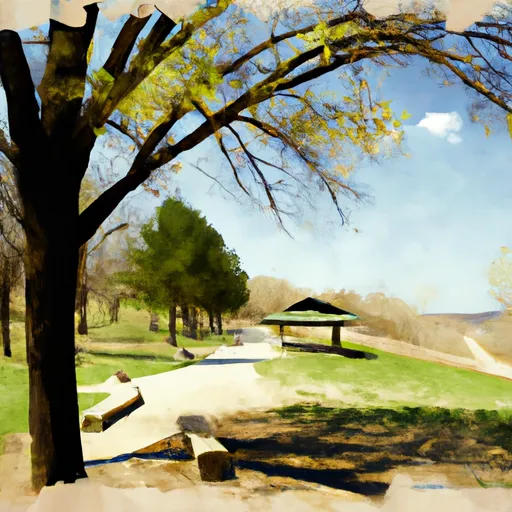°F
°F
mph
Windspeed
%
Humidity











Lidderdale, Iowa is a small, rural community located in Carroll County. The town experiences a humid continental climate, characterized by hot and humid summers and cold winters. Average temperatures range from around 20°F (-6°C) in winter to 85°F (29°C) in summer, with precipitation distributed evenly throughout the year.
As for hydrology constituents, Lidderdale is situated near the Raccoon River watershed. The river serves as a vital water source for the area, supporting agricultural activities and providing opportunities for recreational activities such as fishing, canoeing, and kayaking.
While Lidderdale itself offers limited outdoor recreation opportunities, its location provides access to various natural attractions nearby. Swan Lake State Park, located approximately 10 miles northeast of Lidderdale, offers hiking trails, fishing, boating, and camping facilities. For those interested in golf, Lidderdale is near several golf courses, including the Carroll Country Club and the Majestic Hills Golf Course.
Overall, Lidderdale, Iowa offers a pleasant climate, access to the Raccoon River watershed, and proximity to nearby outdoor recreation opportunities, making it an attractive destination for nature enthusiasts and those seeking outdoor activities.
Weather Forecast
Lidderdale receives approximately 839mm of rain per year, with humidity levels near 83% and air temperatures averaging around 9°C. Lidderdale has a plant hardyness factor of 5, meaning plants and agriculture in this region thrive during a short period during spring and early summer. Most plants will die off during the colder winter months.
Regional Streamflow Levels
76
Cubic Feet Per Second
149
Cubic Feet Per Second
55
Cubic Feet Per Second
29,800
Cubic Feet Per Second
Nearby Camping
| Camping Area | Reservations | Toilets | Showers |
|---|---|---|---|
| Birch Coulee Co Park | |||
| Landing - Franklin City Campground | |||
| Mack Lake Co Park | |||
| Gilfillan Estate | |||
| Sportsman Park - Sleepy Eye | |||
| Rothenburg City Park |



